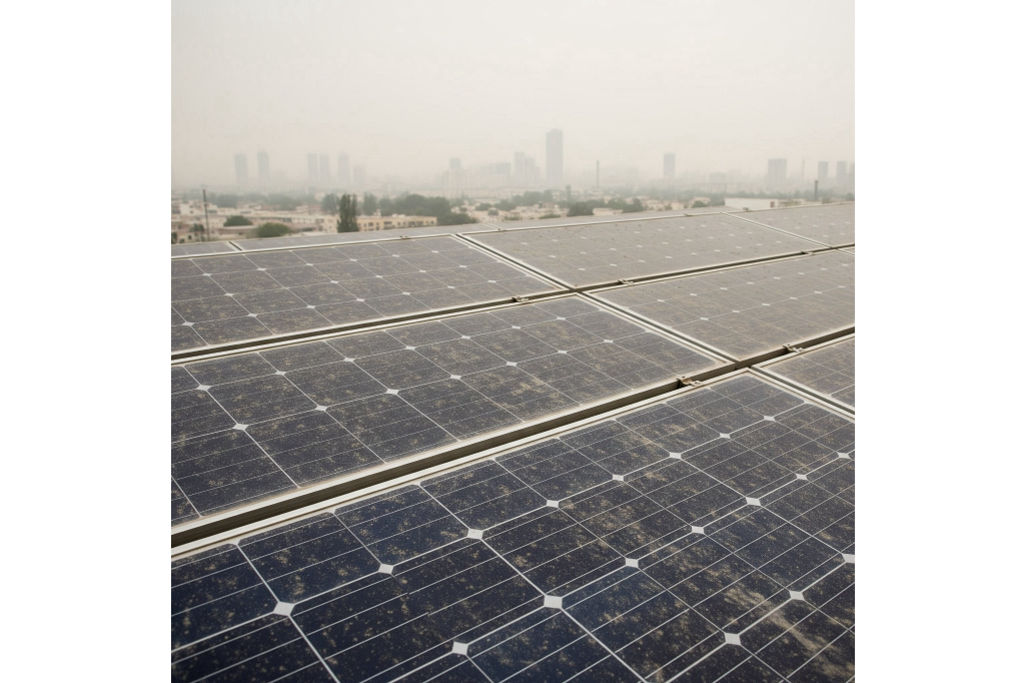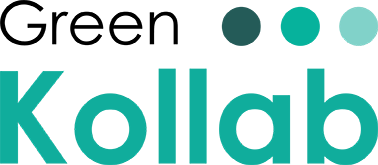How Climate Change and Pollution Could Impact India’s Solar Power Goals
India is a citing nation with one of the highest growth rates in the world and its demand for energy is rising each day. Currently society is facing an increase in population and expansion of the cities so more power is required to home, industry and transportation. India has resorted to use of clean energy sources, such as solar energy in order to fulfill this rising demand. In fact, solar power in India has been growing rapidly over the past decade. The government has established a massive goal to utilize solar panels and lessen pollution. Nevertheless, it has an issue that can be forgotten by many individuals. That issue is climate change and pollution which will probably hurt the advancement of solar energy in India.

Initially, it may seem weird to mention that climate change may damage solar energy. After all, solar energy and climate change are closely linked, and using solar power helps reduce the carbon emissions that cause global warming. However, when we examine them a bit more closely, we can find out that increase in temperatures, shifts in weather conditions, and air pollution may pose new threats to solar power systems. All these difficulties are unlikely to halt the development of India, but they can delay or increase its cost.
First of all, we should learn some facts about the functioning of solar energy. Solar panels gather the sun and convert it into electrical energy. They are set on top of buildings, open lands and deserts where the sun is in abundance. India is fortunate as it has abundant amounts of sunshine all year round particularly the states namely Rajasthan, Gujarat and Tamil Nadu. This qualifies the country to be an ideal location in the use of sun energy. Over the past few years, India has been trying hard to increase its solar potential. To encourage solar energy, the government has taken up the National Solar Mission to encourage solar energy, and has been successful in commissioning numerous new solar parks. However, the growth of solar power in India now faces a new challenge in the form of changing weather conditions and increasing pollution.
One of the biggest effects of climate change is the increase in temperature. It is simple to think that increased temperatures could potentially benefit solar panels, but this is not always the case. Solar panels prefer strong sunlight, but they also only have so much heat they can tolerate. When it gets too hot, the effectiveness of the solar panels decreases. That implies they generate less power despite sunshine. For instance, in extremely hot regions such as Rajasthan during summer, temperatures can go above 45 degrees Celsius. At temperatures so high, the solar panels might not work optimally. So, as India is attempting to harness the energy of the sun to generate power, the increased heat due to climate change could decrease the advantages.
The other issue is the evolution of a cloud pattern and rain. The weather is becoming uncertain because of climate change. There might be too much rain in some locations whereas some might experience dry spells. Solar cells require sunny skies and consistent sun rays to function. In case the weather is excessively rainy or cloudy, there is less sunlight which is directed to the panels. This reduces the electricity that they can generate. The generation of solar power can be prevented even by temporary climatic variations such as some dust storms or rainfall occurring at the wrong time of the year. The response to these changes may cause energy cuts or the necessity to resort to alternative sources of power in regions where solar farms rely on stable sunlight. This again affects energy security in India and puts pressure on the power grid.
Pollution is also a very serious problem that can hit solar energy. In several cities of India, particularly in the north during winters, air pollution is extremely high. The sky gets foggy because of smog, smoke, and dust from vehicles, industries, and the burning of crop residues. When such minute particles are present in the air, less sunlight hits the ground. Solar panels require direct sunlight, and as a result, the output reduces when air is contaminated. Tests reveal that in highly contaminated cities, energy generated from solar panels reduces by over 15%. It is a significant loss, given that India depends on solar power to generate its increasing energy demands.
In addition to lowering the efficiency of solar panels, pollution can also destroy them in the long run. Dirt and dust may accumulate on the panels’ surface, preventing sunlight from passing through and losing efficiency. Regular cleaning of the panels is required, yet it contributes to the operating cost of solar power technology. Where water is not abundant, washing the panels with water might not be viable. Thus, pollution not only compromises the light reaching the panels but also adds to the cost and effort required to service them.
The link between renewable energy and climate change is very strong. The use of solar energy, wind energy, and hydro among other renewable sources of energy should have assisted us in combating climate change since it makes us less dependent on coal and other sources of fossil fuels. However, when the very issue of climate change itself begins to damage the efficiency of these clean energy models, then it forms an unhealthy cycle that is difficult to escape. To take one example, the increasing temperatures, unreliable weather, and pollution due to the activities of humans makes it difficult to obtain effective use of solar power. Meanwhile, unless we use solar energy, we will go on burning more fossil fuel that contributes to the global warming issue. It is a very delicate case in which the solution is influenced by the problem and vice versa.
When we think about energy security in India, solar energy plays a big role. Energy security is to have a reliable and constant source of power for the nation. If solar power becomes unreliable due to global warming and pollution, it will result in power outages or more reliance on costly sources such as diesel generators. This will not only damage the environment but also the economy. Small companies and residences that rely on solar panels for their everyday usage may be affected if their systems are not functioning properly because of poor weather or polluted air.
India will have to act wisely to address these problems. In order to create solar panels that function better in hot and dirty conditions, more research is first required. Second, more efficient planning of solar energy use can be achieved with improved weather forecasting and data systems. Third, the production of solar energy will benefit from strict regulations aimed at lowering pollution and enhancing air quality. Lastly, the energy system as a whole may become more stable by integrating solar energy with other renewable resources like wind and hydropower.
In conclusion, while India has made great progress in promoting solar energy, climate change and pollution have to be taken seriously. Such environmental variations may enhance declining solar panel efficiency or augment the cost of maintenance and make solar energy less reliable. Since solar energy and climate change are deeply connected, solving one helps solve the other. To achieve the targets of renewable energy and make energy secure to its people, India will need to identify the means on how to conserve its solar power systems against the impacts of changing climate and polluted environment. Through this, India will be in a position to chart a clearer and cleaner future in the future.
Frequently Asked Questions (FAQs)
Climate change leads to increased temperatures and altered weather patterns, which can reduce the efficiency of solar panels and decrease solar radiation availability, thereby hindering solar power generation.
Air pollution introduces particulate matter into the atmosphere that scatters and absorbs sunlight, reducing the solar radiation that reaches PV panels and decreasing their efficiency.
Studies project that India could experience a reduction of 600 to 800 gigawatt-hours in solar power generation annually by mid-century, primarily due to increased air pollution and climate change.
The northern, western, and southern power grids, which host the majority of India’s solar installations, are expected to face significant challenges in maintaining solar power performance due to environmental factors.
Strategies include advancing PV technology to improve efficiency at higher temperatures, implementing stringent air quality measures, developing climate-resilient infrastructure, and diversifying renewable energy sources to reduce reliance on a single energy type.
By addressing these challenges proactively, India can continue to lead in renewable energy adoption and achieve its solar power goals despite the looming threats of climate change and pollution.












